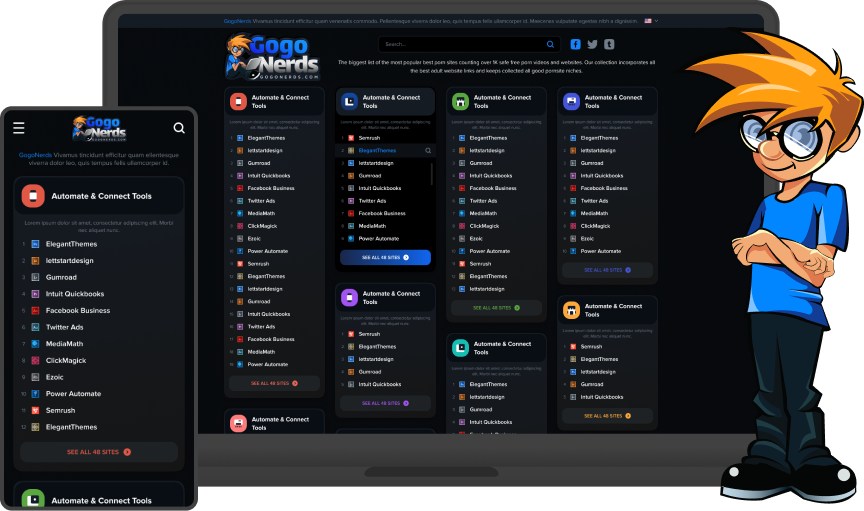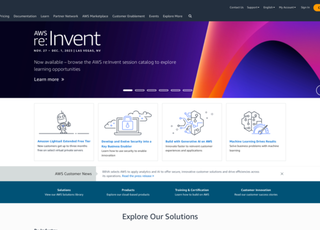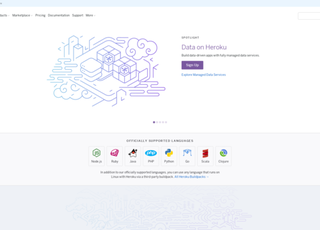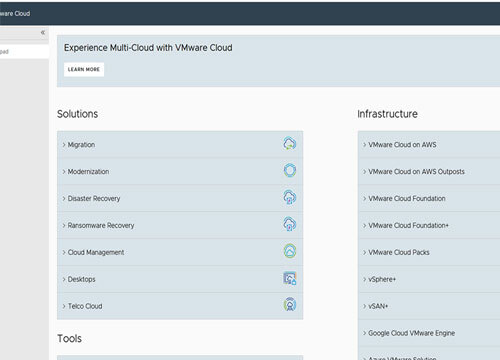OpenStack
https://www.openstack.org/OpenStack
OpenStack is an open-source cloud computing platform designed to facilitate flexible, scalable, and feature-rich cloud environments. It emerged from a collaboration between NASA and Rackspace in 2010 and has since grown to become a major player in the cloud computing industry, supported by a large and active community.
Key Components
Compute (Nova)
This is the heart of OpenStack, handling the creation, scheduling, and management of virtual machines. Users can deploy and manage large networks of virtual machines, making it a core component for infrastructure as a service (IaaS).
Object Storage (Swift)
Swift provides a scalable storage system that supports object storage. It's ideal for backups, archiving, and any application that needs to store and retrieve large amounts of unstructured data.
Block Storage (Cinder)
Cinder allows OpenStack to provide persistent block storage to virtual machines. It's akin to the hard drives used in traditional computing, allowing for the storage of data even when a virtual machine is turned off.
Networking (Neutron)
Neutron provides the networking capability for OpenStack, including the management of networks, subnets, and IP addresses. It allows for a flexible system for managing and creating complex network topologies.
Identity (Keystone)
Keystone is the identity service used for authentication and high-level authorization across the OpenStack services. It integrates with existing backend directory services like LDAP.
Image Service (Glance)
Glance provides discovery, registration, and delivery services for disk and server images. It's the repository for all virtual images, whether they're operating systems or applications.
Orchestration (Heat)
Heat is a service to orchestrate multiple composite cloud applications using templates, through both an OpenStack-native REST API and a CloudFormation-compatible Query API.
Telemetry (Ceilometer)
Ceilometer collects measurements of the utilization of the various resources in the OpenStack cloud, providing data that can be used for billing, benchmarking, scalability, and statistical purposes.
Key Features
Scalability
OpenStack can scale both horizontally and vertically, making it suitable for environments of any size.
Flexibility
Its modular architecture allows users to deploy only the components they need.
Interoperability
OpenStack works well with a wide range of hardware and software.
Community-Driven
Being open-source, it benefits from contributions from a large community, ensuring rapid development and diverse input.
Use Cases
Private Clouds
Many organizations use OpenStack to build and manage private clouds, offering cloud-like flexibility within their own data centers.
Public Clouds
Service providers use OpenStack to offer public cloud services.
Hybrid Clouds
OpenStack can be integrated with other public cloud services to create hybrid clouds.
Challenges
Complexity
OpenStack's flexibility and range of features come with a complexity that can be a barrier to entry for some organizations.
Deployment and Management
Deploying and managing an OpenStack cloud requires a good understanding of both the software itself and the underlying hardware.
Integration and Compatibility
One of the strengths of OpenStack is its ability to integrate with existing systems and technologies. It supports various hypervisors such as KVM, VMware, and Hyper-V for virtualization. Its modular design also allows for integration with external systems like storage (e.g., Ceph) and network services (e.g., Cisco's networking equipment). This compatibility makes OpenStack a versatile choice for organizations that don't want to be locked into a single vendor's ecosystem.
Open Source and Community Involvement
OpenStack is not just a product but also a project and a community. Being open-source, it is developed and maintained by a global community of contributors. This community includes not only individual developers but also major companies that contribute to its development. The OpenStack Foundation oversees the project, ensuring that it remains open and accessible. This community-driven development model means that OpenStack is continually evolving and adapting to the needs of its users.
Security
Security in OpenStack is multifaceted. It includes internal mechanisms for securing the cloud infrastructure, such as Keystone for identity management and role-based access control. However, since OpenStack is often used in enterprise environments, it also needs to interface with broader security protocols and systems. The flexibility of OpenStack allows it to adapt to various security requirements, but this also means that effective security depends on the proper configuration and management of the system.
Ecosystem and Marketplace
OpenStack has a vibrant ecosystem that includes third-party plugins, integrations, and services. Companies provide commercial support, training, and consulting services for OpenStack. This ecosystem also extends to a marketplace where various vendors offer their OpenStack-compatible products and services, such as monitoring tools, enhanced networking capabilities, and specialized storage solutions.
Evolution and Future Trends
OpenStack continues to evolve, with regular releases that introduce new features and improvements. Recent trends in its development include enhanced container support, better integration with other cloud platforms, and tools to simplify management and deployment. As cloud computing continues to dominate IT, OpenStack is likely to adapt to emerging technologies and user needs.
OpenStack is a powerful, flexible, and complex cloud computing platform. Its open-source nature, coupled with a strong community and ecosystem, makes it a dynamic and evolving solution. While it offers many benefits in terms of scalability, flexibility, and integration, it also requires a significant investment in terms of skill and resources to deploy and manage effectively. For organizations willing to invest in these areas, OpenStack presents a compelling option for building and managing cloud infrastructure.































